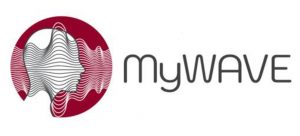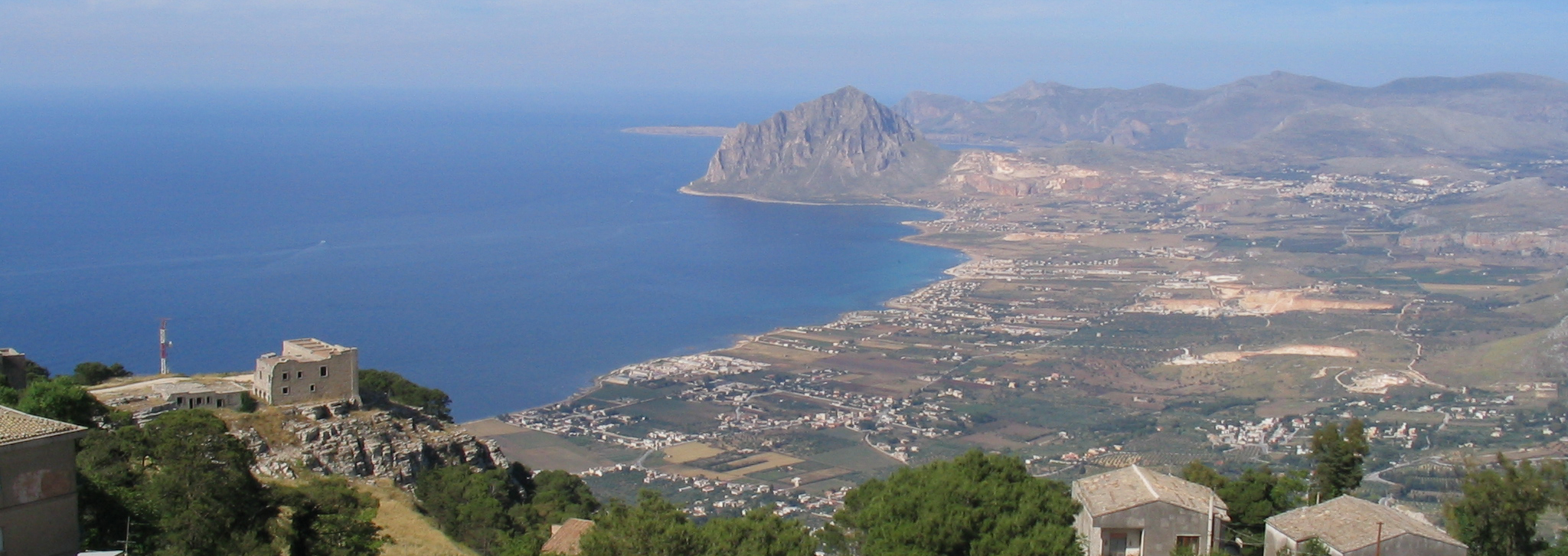Possible Biomedical Applications of Electromagnetic Fields to cancer:
from Biology and in silico to clinical perspectives
March 24 to March 30, 2019
Directors of the Course
|
Theodoros Samaras Aristotle University of Thessaloniki |
Gregor Sersa
Institute of Oncology, Ljubljana, |
Sponsored by: Ministry of Education, University and Scientific Research; Sicilian Regional Government; European Bioelectromagnetic Association (EBEA); COST Action A17115: European Network for Advancing Electromagnetic Hyperthermic Medical Technologies (MyWAVE); International Society for Electroporation-Based Technologies and Treatments (ISEBTT); Centro Interuniversitario per lo studio delle Interazioni tra Campi Elettromagnetici e Biosistemi (ICEmB); IEEE-Women in Engineering; IGEA Clinical Biophysics; World Health Organization (WHO)
Co-organized with:
 |
The European BioElectromagnetics Association |
 |
COST Action CA17115: European Network for Advancing Electromagnetic Hyperthermic Medical Technologies (MyWAVE) |

The relation of EMF with cancer is two-sided: on one hand the International Agency for Research on Cancer has classified them as “possible carcinogens,” though we lack a strong experimental support for that, and, on the other hand, they can be used as a diagnostic and therapeutic tool for certain types of cancers. As often occurs, the situation is far more complex and multidimensional, since the effects of EMFs on biological systems depend on the physical parameters of the field and the type and physiological conditions of the biological system.
Presently, there are well established techniques, like hyperthermia, electrochemotherapy, thermal ablation, etc., that have already entered into clinical use, whereas much remains to be understood regarding the therapeutic use of EMFs themselves for treating cancer. At this time, there are only a small number of studies in cells, animals and humans that could be relevant for cancer therapy, mainly for EMFs in the range of low intensity ELF, intermediate frequencies and RF fields, suggesting possible use as an additional tool for the modulation of cell proliferation and differentiation, or antitumor effects. These studies are still in their infancy and significant work must be done in the future towards this direction. A primary target of the Course will be to shed light on this hot and controversial issue, starting from what is best established in terms of biology and clinical applications, to the analysis of the different theoretical perspectives and future research needs.
After a physical and technical introduction concerning EMF exposure conditions, the biological evidence presently available from in vitro, in vivo and epidemiological data will be considered, in particular, in the light of the most recent advancements in the understanding of the biological foundations of cancer etiology and the mechanisms underlying both regarding pro- and anti-cancer activity. Also, a survey of the more recent diagnostic and therapeutic applications of EMFs to cancer will be presented and discussed, including mathematical modeling and treatment planning (dose concept, clinical procedures, safety, etc.) for cancer therapy.
In conclusion, the course is intended to present an updated critical and comprehensive analysis of the present state of knowledge in this area and, most importantly, to provide young researchers with the opportunity to discuss the central questions that future researchers must address, in order to improve upon our present understanding and inspire new lines of research.
Award for the best poster presentation
One day will be partially devoted to poster presentations by participants. A Scientific Committee will award the author
of the best poster. All posters will be introduced by a 5-minute oral presentation.
Participation fee: € 1300 including food and lodging (800 € for the members of the International Society for Electroporation-Based Technologies and Treatments, ISEBTT)
Application: Interested candidates should send an e-mail to the Directors of the Course at the e-mail address school@ebea.org, with the following information:
– A short Curriculum Vitae
– Scientific interest of the candidate
– Students: a letter of recommendation of a Senior Scientist
In case of acceptance the candidate will be informed by e-mail.
The deadline for sending the requests of participation to the School is February 15, 2019
COST MyWAVE is offering grants to interested trainees. Deadline for applications to COST grants is Febraury 1, 2019
See the announcement here: MyWAVE_Support to EriceTS_2019